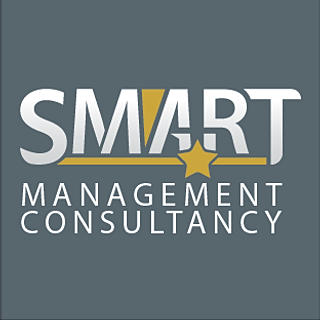Unlocking the Value of CME Hours
- Smart Management Consultancy
- Nov 16
- 3 min read
In the fast-evolving world of healthcare, staying updated with the latest knowledge and skills is essential. Continuing Medical Education (CME) hours play a crucial role in ensuring that healthcare professionals maintain their competence and provide the best care possible. But beyond fulfilling licensing requirements, CME hours offer numerous benefits that can significantly impact a medical professional’s career and patient outcomes.
Understanding Continuing Medical Education Hours
Continuing Medical Education hours are structured learning activities designed to help healthcare professionals stay current with medical advancements, new technologies, and evolving clinical practices. These hours are often mandatory for maintaining medical licenses and certifications, but they also serve as a valuable tool for professional growth.
CME programs can take various forms, including:
Online courses and webinars
Workshops and seminars
Conferences and symposiums
Hands-on training sessions
Each activity is assigned a specific number of CME hours based on its duration and educational content. These hours are tracked and reported to licensing boards to demonstrate ongoing professional development.

The Importance of Continuing Medical Education Hours in Healthcare
The healthcare landscape is constantly changing due to new research findings, emerging diseases, and innovative treatment methods. Continuing medical education hours ensure that healthcare providers remain knowledgeable and skilled in their specialties. Here are some key reasons why CME hours are indispensable:
1. Enhancing Clinical Competence
Regular participation in CME activities helps clinicians refine their diagnostic and treatment skills. For example, a cardiologist attending a workshop on the latest heart failure management guidelines can apply new strategies to improve patient outcomes.
2. Meeting Licensing and Certification Requirements
Most medical boards require a minimum number of CME hours for license renewal. Fulfilling these requirements ensures that practitioners remain legally authorized to provide care.
3. Improving Patient Safety and Care Quality
Updated knowledge reduces the risk of medical errors. For instance, learning about new drug interactions or updated vaccination schedules can prevent adverse events.
4. Expanding Professional Networks
CME events often provide opportunities to connect with peers, experts, and mentors. These connections can lead to collaborations, referrals, and career advancement.
5. Supporting Career Advancement
Earning CME hours in specialized areas can open doors to new roles, such as leadership positions or academic appointments.
How to Maximize the Benefits of CME Hours
Simply accumulating CME hours is not enough. To truly unlock their value, healthcare professionals should approach continuing education strategically.
Choose Relevant Topics
Focus on areas that align with your practice or areas where you want to improve. For example, a pediatrician might prioritize courses on childhood obesity or vaccination updates.
Engage Actively
Participate fully in workshops and discussions. Ask questions, share experiences, and apply new knowledge in clinical settings.
Track and Reflect
Maintain a detailed record of completed CME activities. Reflect on how each course has influenced your practice and identify areas for further learning.
Utilize Technology
Leverage online platforms that offer flexible CME options. This allows you to learn at your own pace and balance education with clinical duties.
Seek Accredited Providers
Ensure that CME activities are accredited by recognized bodies to guarantee quality and acceptance by licensing boards.

Practical Examples of CME Impact in Daily Practice
To illustrate the tangible benefits of CME hours, consider these real-world scenarios:
A general practitioner attends a seminar on diabetes management and learns about new insulin delivery devices. This knowledge enables them to recommend better treatment options to patients, improving glycemic control.
An emergency room nurse completes a course on trauma care protocols, enhancing their ability to respond swiftly and effectively during critical situations.
A surgeon participates in a hands-on workshop on minimally invasive techniques, leading to shorter patient recovery times and fewer complications.
These examples highlight how CME hours translate into improved patient care and professional satisfaction.
Taking the Next Step with Your CME Hours
If you are looking to advance your medical knowledge and fulfill your professional requirements, consider exploring diverse CME opportunities. Whether you prefer in-person events or online learning, there are numerous options tailored to your needs.
For those interested in structured and accredited programs, you can learn more about how to earn and leverage your cme hours effectively. Investing time in continuing education is an investment in your career and the health of your patients.
Embracing Lifelong Learning in Medicine
The journey of medical education does not end with graduation. Embracing lifelong learning through continuing medical education hours ensures that healthcare professionals remain at the forefront of their fields. This commitment to growth fosters better patient outcomes, professional fulfillment, and adaptability in a dynamic healthcare environment.
By strategically selecting CME activities, engaging actively, and applying new knowledge, medical practitioners can unlock the full value of their continuing education. This approach not only meets regulatory demands but also enriches clinical practice and enhances the quality of care delivered every day.















Comments